10 Nocturnal Animals with Extraordinary Night Vision
To really appreciate how nocturnal animals see in the dark, it helps to understand the science behind it. Their night vision comes down to a mix of anatomical and physiological tweaks that make low-light vision possible. One key feature is a special reflective layer in their eyes that bounces light back to their photoreceptors, giving them a second chance to absorb it. They also have a higher concentration of rod cells, which are much better at detecting dim light than the cone cells that handle color vision. All of these adaptations work together to make the most of whatever light is available, giving these animals an incredibly sharp view of their surroundings. Learning about these mechanisms not only highlights the impressive ways nature has evolved but also inspires human innovations—like night-vision technology.
1. Bats

Bats stand out from other nocturnal animals not just because of their night vision but also because of their incredible use of echolocation. While their eyes are built for seeing in low light, what really sets them apart is their ability to send out high-frequency sounds and analyze the returning echoes. This powerful combo helps them dodge obstacles, track down prey, and even communicate with each other with amazing accuracy. Beyond their impressive navigation skills, bats play a vital role in nature by pollinating plants, spreading seeds, and keeping insect populations in check. Their unique abilities have even influenced human technology—inspiring advancements in sonar and radar—showing just how much we can learn from these fascinating creatures.
2. Tarsier
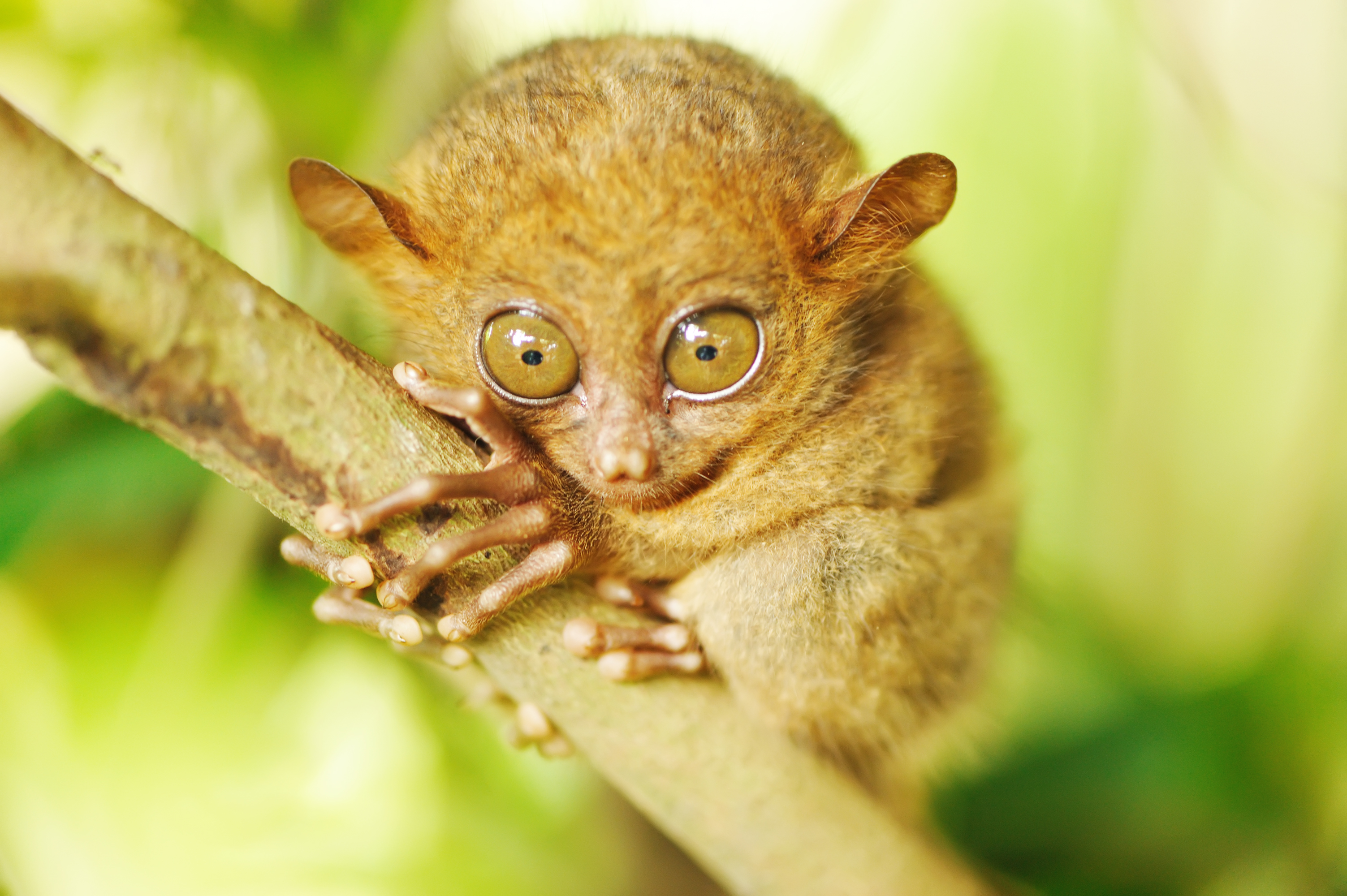
Tarsiers are tiny primates with incredibly large eyes—so big, in fact, that they can’t move them in their sockets. To make up for this, they’ve developed the ability to swivel their heads almost 180 degrees, giving them a full view of their surroundings. Their oversized eyes give them excellent night vision, which is crucial for spotting and catching insects in the dark. But their sharp eyesight isn’t their only advantage—they also have incredibly sensitive hearing, allowing them to pick up even the faintest sounds of their prey. Tarsiers are a great example of how different species evolve unique solutions for life at night, proving that there’s more than one way to master the dark. Their unusual looks and fascinating behaviors have made them a favorite subject in both scientific studies and popular culture.
3. Leopard
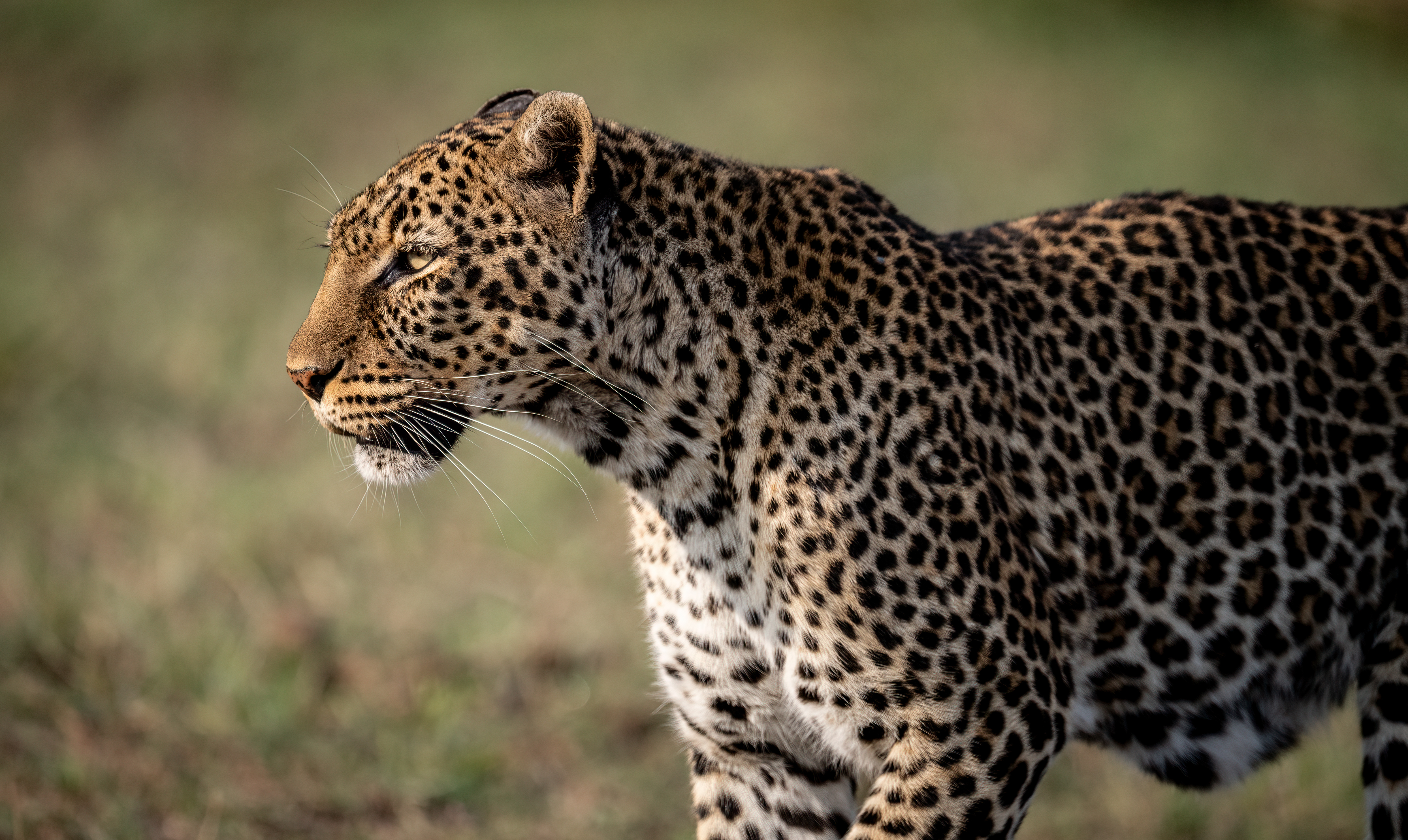
Leopards are top-tier predators, built for hunting in the dark. Their night vision is outstanding, thanks to a high number of rod cells in their eyes and a specialized reflective layer which helps them see even in near-total darkness. This gives them a major advantage, allowing them to move stealthily and hunt without clashing with daytime predators. Leopards are solitary by nature, relying on their camouflage and silent movements to ambush prey. They’re incredibly adaptable, thriving in everything from thick forests to open savannas. Their skill as nocturnal hunters has made them a symbol of strength, agility, and intelligence in many cultures.
4. Aye-Aye
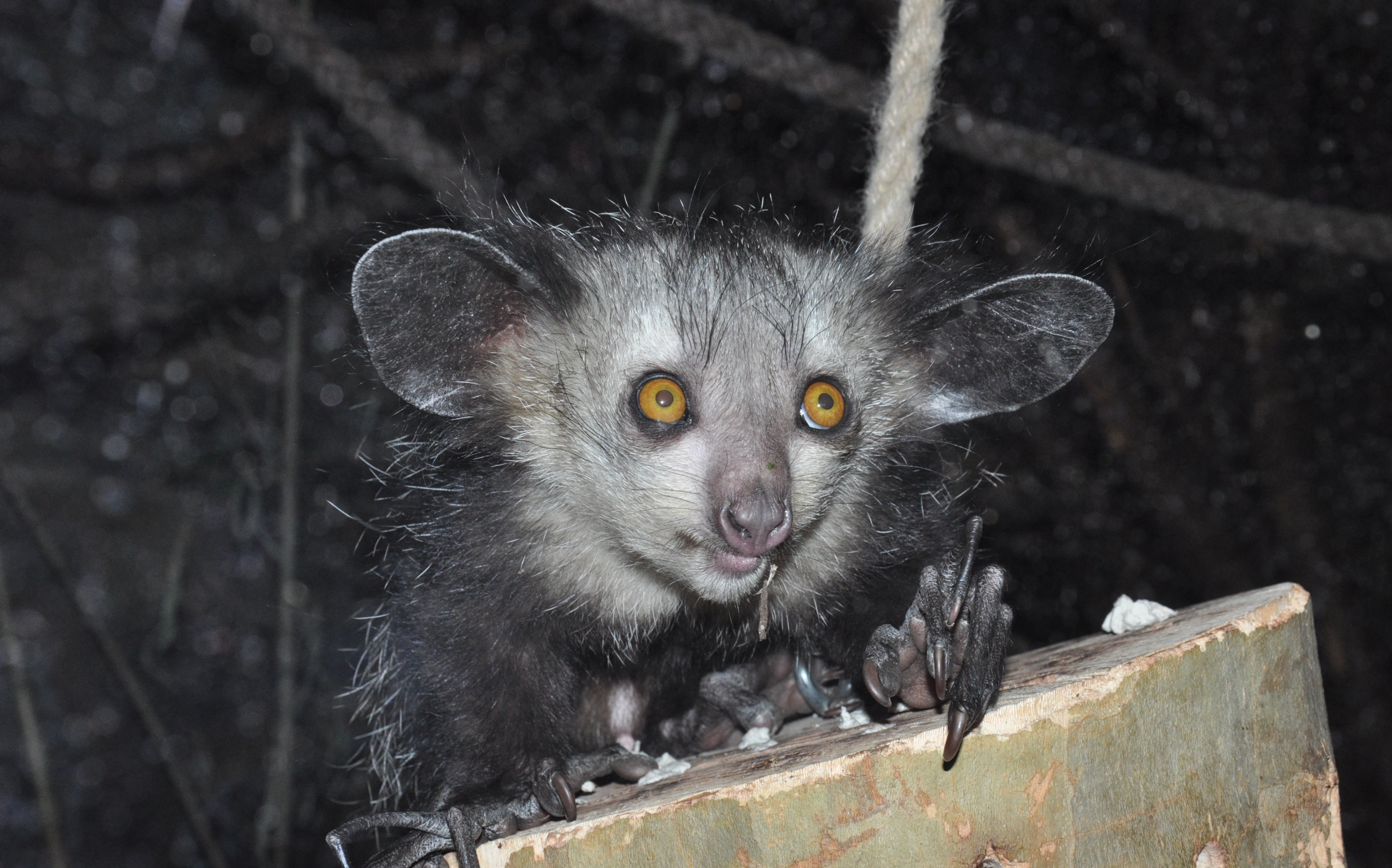
The aye-aye is a one-of-a-kind lemur from Madagascar, instantly recognizable for its unusual look and nocturnal lifestyle. With its large eyes and sensitive ears, it’s built for navigating the dark, relying on sharp night vision and acute hearing to find food. But what really sets the aye-aye apart is its long, skinny middle finger, which it uses like a built-in sonar system—tapping on trees to detect insect larvae hiding inside. Once it pinpoints its prey, it gnaws through the wood with its sharp teeth and digs them out. This bizarre but effective hunting method makes the aye-aye one of the most fascinating creatures of the night. Despite being a vital part of the ecosystem as a natural pest controller, it’s often misunderstood and faces threats from habitat loss, making conservation efforts all the more important.
5. Fox
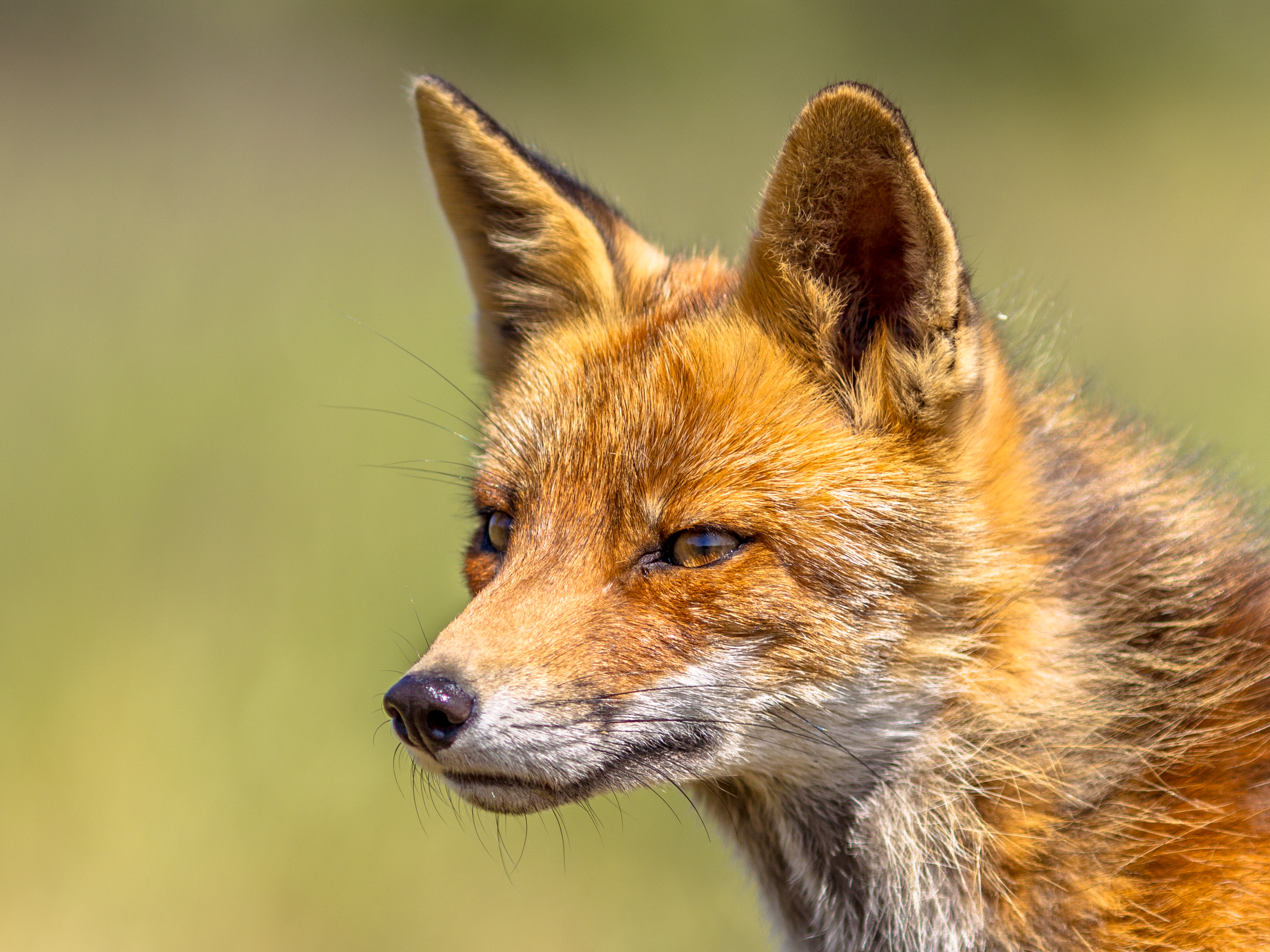
Foxes are clever, adaptable hunters with sharp night vision that helps them take advantage of whatever food is available. Their eyes have a special reflective layer that boosts their ability to see in the dark. Known for their intelligence and resourcefulness, foxes use a mix of hunting tactics, from silently stalking and pouncing on prey to scavenging and foraging for whatever they can find. This flexibility allows them to thrive in all kinds of environments, whether deep in the wilderness or right in the middle of a city. Their wit and adaptability have made them legendary figures in folklore and literature, often symbolizing cunning and quick thinking across different cultures.
6. Owls
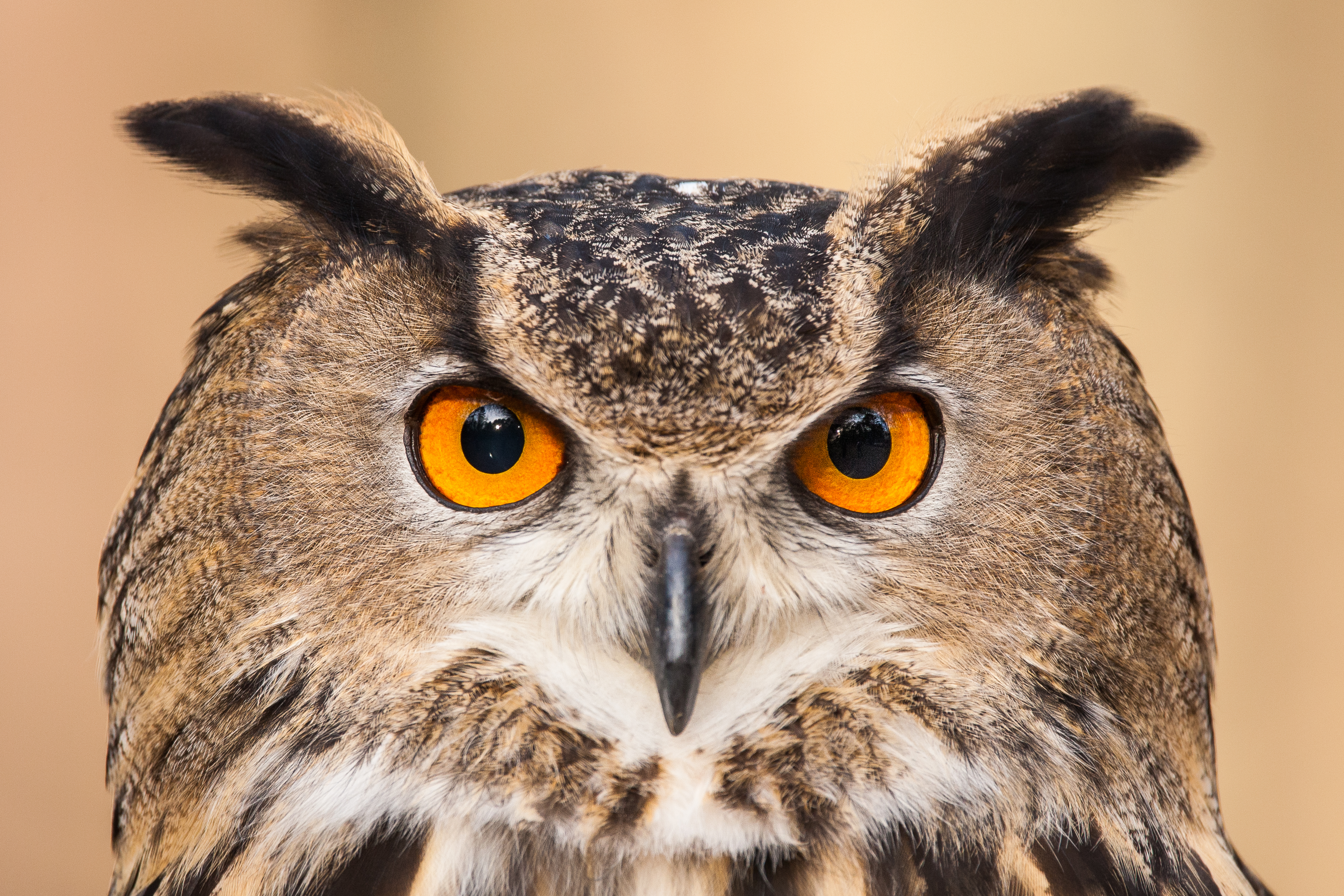
Owls are probably the most famous nocturnal animals, known for their incredible night vision and ghostly silent flight. Their large, forward-facing eyes give them excellent depth perception, which is crucial for spotting prey in the dark. Since their eyes can’t move in their sockets, owls compensate by swiveling their heads with astonishing flexibility. Packed with rod cells, their eyes pick up even the slightest movement in low light, and when combined with their razor-sharp hearing, they become nearly unstoppable hunters at night.
7. Pangolin
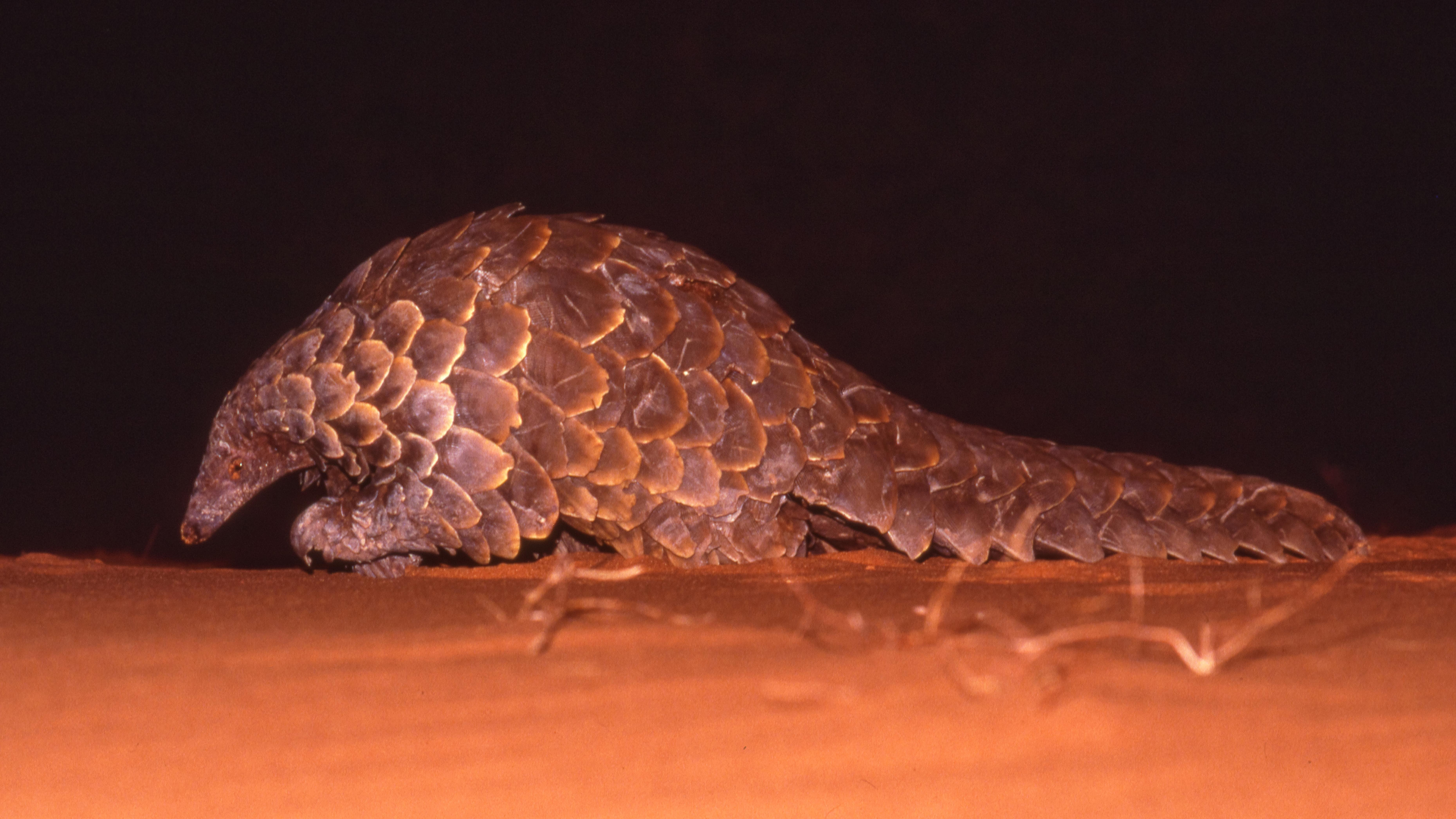
Pangolins are elusive, armor-clad mammals that lead solitary, nocturnal lives. While their night vision helps them navigate the dark, they rely even more on their sharp sense of smell to track down ants and termites—their favorite meals. With their long, sticky tongues, they can reach deep into insect nests, making them highly efficient hunters. Their unusual look and reclusive nature have made them a source of fascination, but sadly, they’re also heavily targeted by illegal wildlife trade. As natural pest controllers, pangolins play a crucial role in maintaining ecological balance, and efforts to protect them are at an all-time high.
8. Raccoon
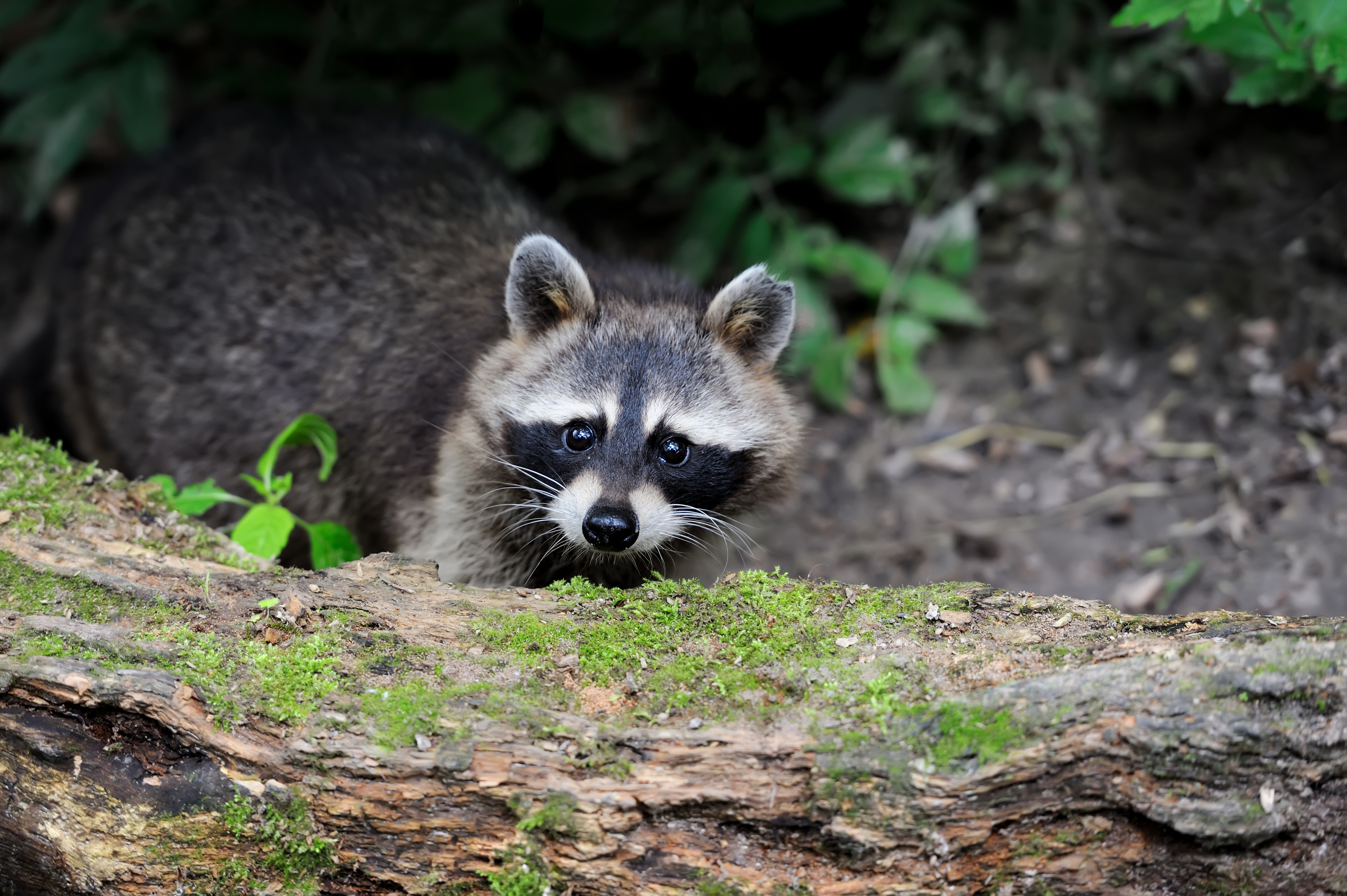
Raccoons are resourceful, nocturnal creatures that have adapted remarkably well to city life. Their sharp night vision helps them forage in the dark, making the most of whatever food they can find. What really sets them apart, though, are their incredibly dexterous front paws, which allow them to manipulate objects, open containers, and even solve simple puzzles. Their intelligence and problem-solving skills make them surprisingly adept at navigating human environments, where they often rummage through trash or raid unattended pet food. While some see them as pests, raccoons actually play a valuable role in urban ecosystems by keeping pest populations in check and helping disperse seeds.
9. Dogs
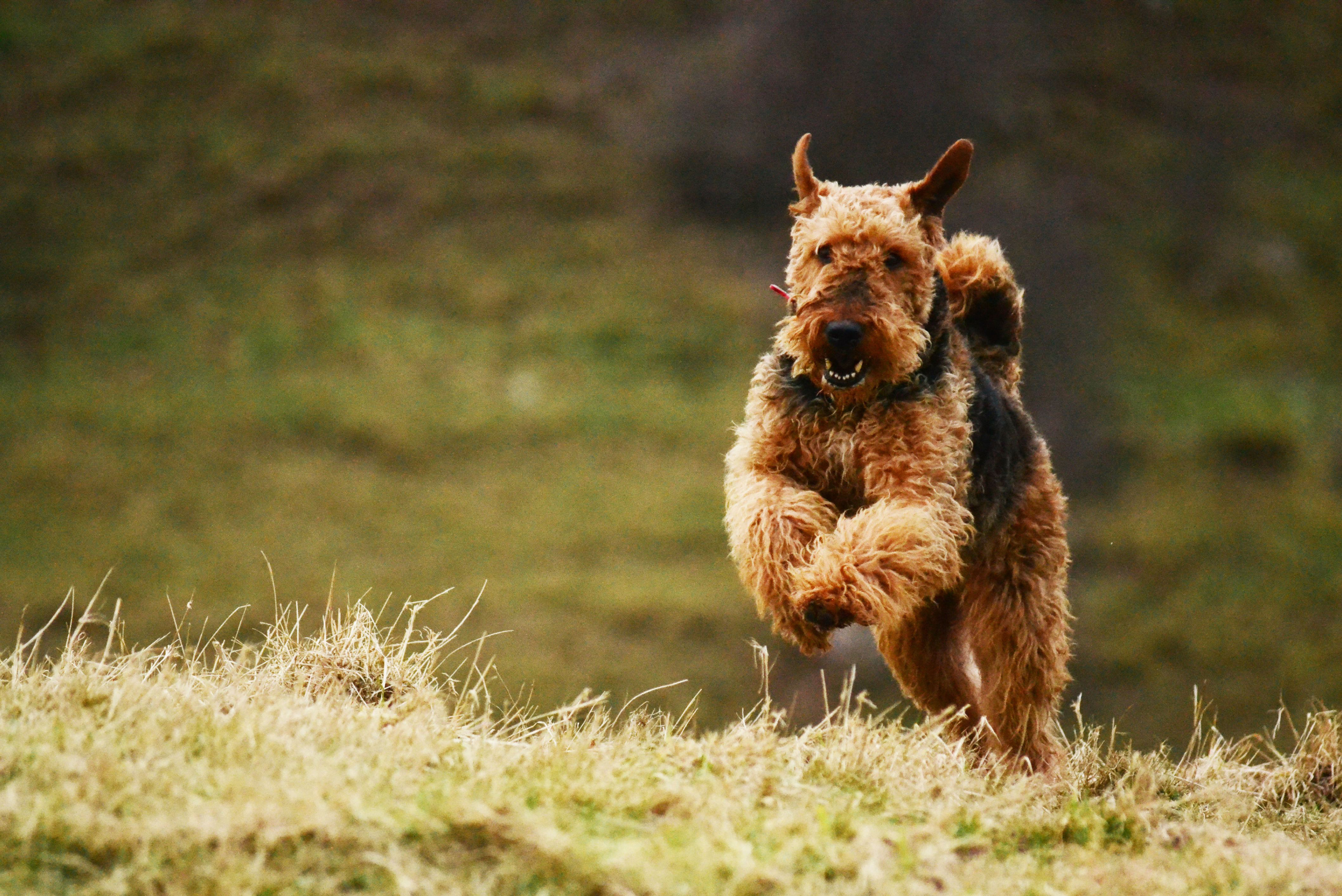
Dogs may not be strictly nocturnal, but their keen senses make them just as sharp at night as they are during the day. With decent night vision, a powerful sense of smell, and acute hearing, they can pick up on sounds and scents long before humans notice them. Their adaptability and intelligence have made them invaluable companions, whether as loyal pets, skilled working dogs, or independent strays navigating urban landscapes. While domesticated dogs rely on humans for food, their wild counterparts—like dingoes and feral dogs—use their instincts to hunt and scavenge, proving just how versatile they are. Whether curled up in a living room or roaming the streets, dogs are a testament to the deep connection between humans and animals, thriving in nearly every environment we share.
10. Porcupines
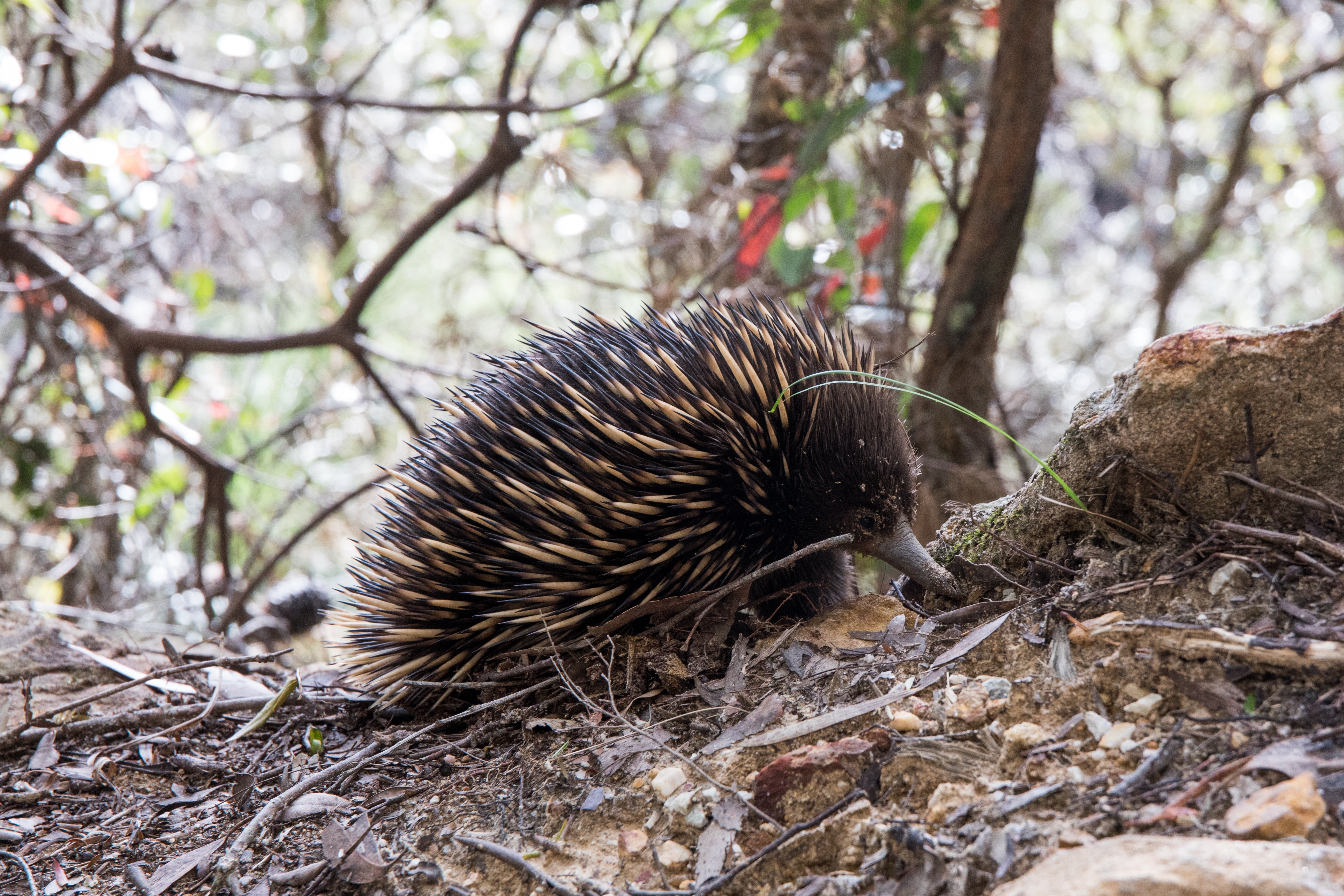
Porcupines are slow-moving, nocturnal foragers best known for their coat of sharp quills, which serve as an impressive line of defense against predators. While their eyesight isn’t their strongest sense, they make up for it with a keen sense of smell and excellent hearing, helping them navigate the dark in search of bark, leaves, and fruit. Despite their prickly reputation, porcupines are generally peaceful creatures, preferring to waddle through forests and grasslands rather than pick fights. When threatened, they’ll rattle their quills as a warning—only resorting to a painful jab if necessary. Their ability to adapt to different habitats, from dense forests to rocky outcrops, shows just how resilient these unique creatures are. Though often misunderstood, porcupines play a vital role in their ecosystems by shaping plant growth and providing food for predators that dare to take the risk.
The night vision prowess of these nocturnal animals is a testament to the wonders of evolution, showcasing the myriad ways in which life on Earth has adapted to the challenges of darkness. These extraordinary creatures play vital roles in their ecosystems, from predators and pollinators to pest controllers and seed dispersers. Their survival is intricately linked to the health of our planet, underscoring the importance of conservation efforts to protect these guardians of the night.







